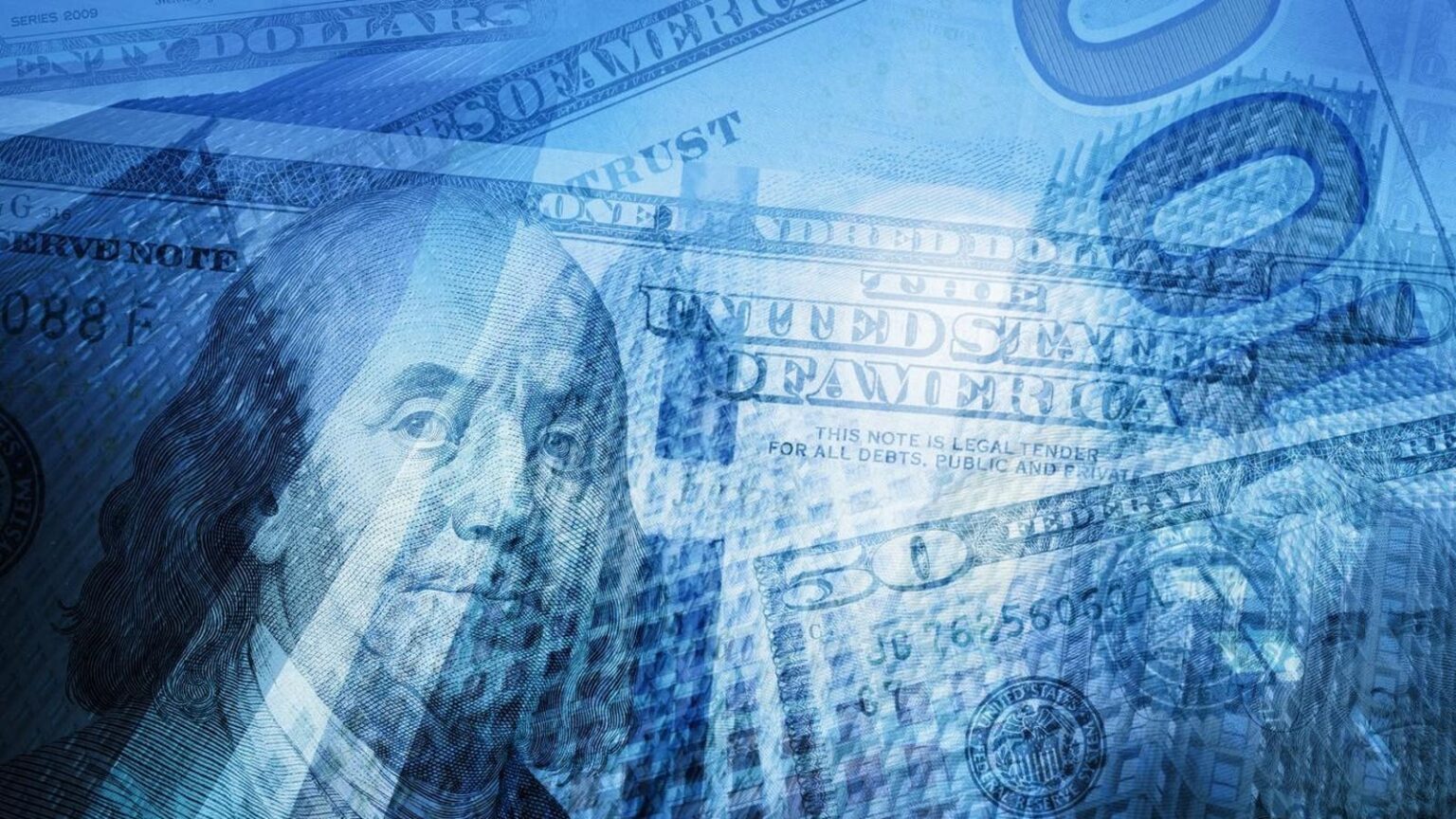Corporations report their total cash payments of income tax — federal, state, and foreign combined — but they don’t identify, nor does the IRS reveal, how much federal income tax they pay. We believe, however, that we can make reasonable estimates from information reported by publicly traded companies in their financial statements.
The adjacent table shows our best guess for which corporations paid the most federal income tax over fiscal 2021 and 2022. (We would have liked to take an average of more years, but 2020 was a recession year that created many unusual outcomes.) The top three corporations, not too surprisingly, given their enormous levels of profits, are: Alphabet
GOOGL
MSFT
AAPL
Publicly Traded U.S. Corporations Ranked by Estimated Current Federal Cash Income Tax Payments
We emphasize that these are estimates of undisclosed federal cash income tax payments (we will explain the details below). If they accurately reflect actual cash payments to the U.S. treasury, those top three companies would account for almost 8 percent of all federal tax payments in 2021 and 2022.
The entire list of 10 would account for nearly 15 percent of all federal corporation tax payments in those years. Other companies (not shown in the table) with an estimated $2 billion to $2.7 billion of federal income tax payments are: Walmart
WMT
GS
CVS
MS
ABBV
GILD
MPC
Current Tax Expense
Here is a nontechnical explanation of the computation of current tax expense as reported in the income tax footnote of a financial statement. You start with before-tax financial statement income and then make adjustments to approximate what might appear as taxable income (when tax returns are filed many months later).
For example, if depreciation for book purposes was $2 million, but $3 million for tax purposes, you would recompute the book income amount with $3 million (instead of $2 million) of depreciation deductions and arrive at a taxable income amount $1 million lower than reported financial statement before-tax income. Another adjustment, for example, would involve tax-exempt bond interest. You would reduce book income by the amount of tax-exempt interest for your calculation of taxable income.
Once you have made all of your adjustments, multiply your calculated taxable income by the 21 percent corporate tax rate. Then reduce that amount by all tax credits to arrive at current tax expense. Accountants will tell you that current tax expense is a good, but far from perfect, measure of taxes paid.
When we calculated these measures for 382 companies in the S&P 500 (for which complete data was available) we found they were highly correlated, as you can see in the figure. This correlation between total cash tax payments and total current income tax expense gives us some confidence that federal cash payments can be estimated with federal current tax expense.
The large aberration in 2017 and 2018 occurs because corporations incurred a large income tax liability on repatriated foreign earnings in 2017 when the Tax Cuts and Jobs Act became law (and included that in current income tax expense) but were allowed to pay this tax due over an eight-year period.
Unfortunately, when we compared the total cash tax paid with the total current tax expense for individual corporations in individual years, there was sometimes a large discrepancy. That could be caused by a cash refund from the IRS, a cash payment for settlement of a dispute, or maybe what a company anticipated would be taxable income when it filed its financial statements in February but turned out to be different when it filed its tax return in September.
That’s why we developed two methods of estimating federal cash tax payments to check the reasonableness of current federal tax expense as a measure of federal cash tax payments.
Alternative Estimate 1
Another way to estimate federal cash tax payments is to start with reported total tax payments and then figure out a way to estimate what portion of that actual total figure can be attributed to payments to the treasury. To do that, we take the ratio of federal current tax expense to total current tax expense, and then we multiply that by reported total cash payments.
The results are shown in column 3 of the table. Four of the estimates are within 10 percent of reported current federal tax expense, another five are within 20 percent, and the remaining one is within less than 30 percent. We like the estimates being in a relatively narrow range, but both estimates of federal cash payments discussed so far depend on the current federal tax expense being a reliable indicator.
Alternative Estimate 2
Our second alternative estimate does not use current federal tax expense. We start with reported before-tax domestic income, multiply that by 21 percent, and then adjust that figure for items in the income tax reconciliation statement that clearly (or are highly likely to) reduce the effective domestic corporate tax rate below 21 percent. Specifically, we reduced our tentative measure of U.S. federal tax (that is, 21 percent of before-tax domestic income) by the tax benefit (in dollars) of any reported research credits, low-income housing credits, and tax-exempt income (if they were reported at all). These totals are in column 4 of the table. Some are close to our other estimates, but some vary considerably.
Totally wide of the mark are estimates for Pfizer
PFE
Estimates vs. Reality
We repeat ourselves because it is important: These figures are only estimates of cash tax payments to the treasury. Of course, we will be glad to publish actual federal cash tax payments if the taxpayers reported here wish to share that information. But we aren’t holding our breath.
Read the full article here













